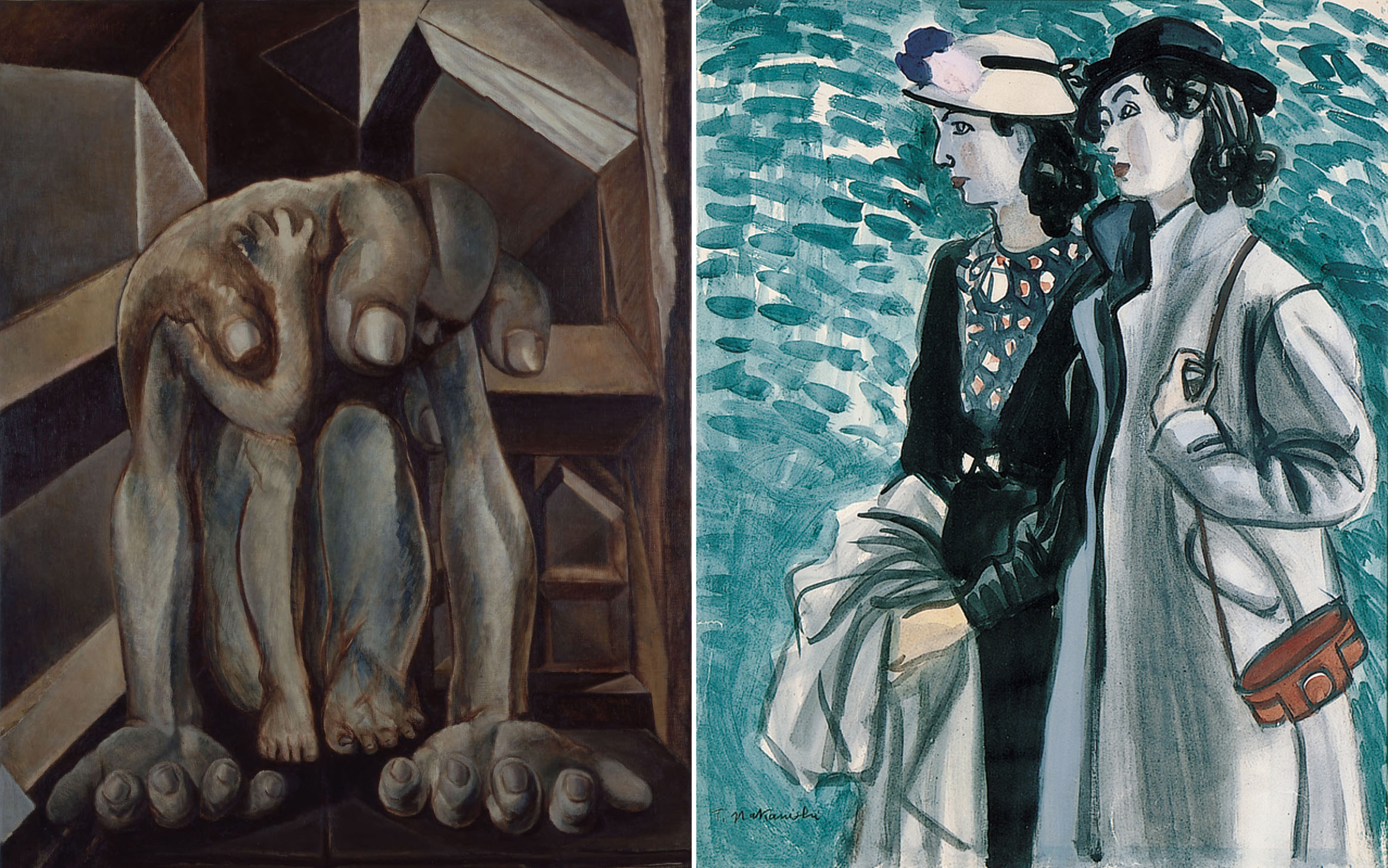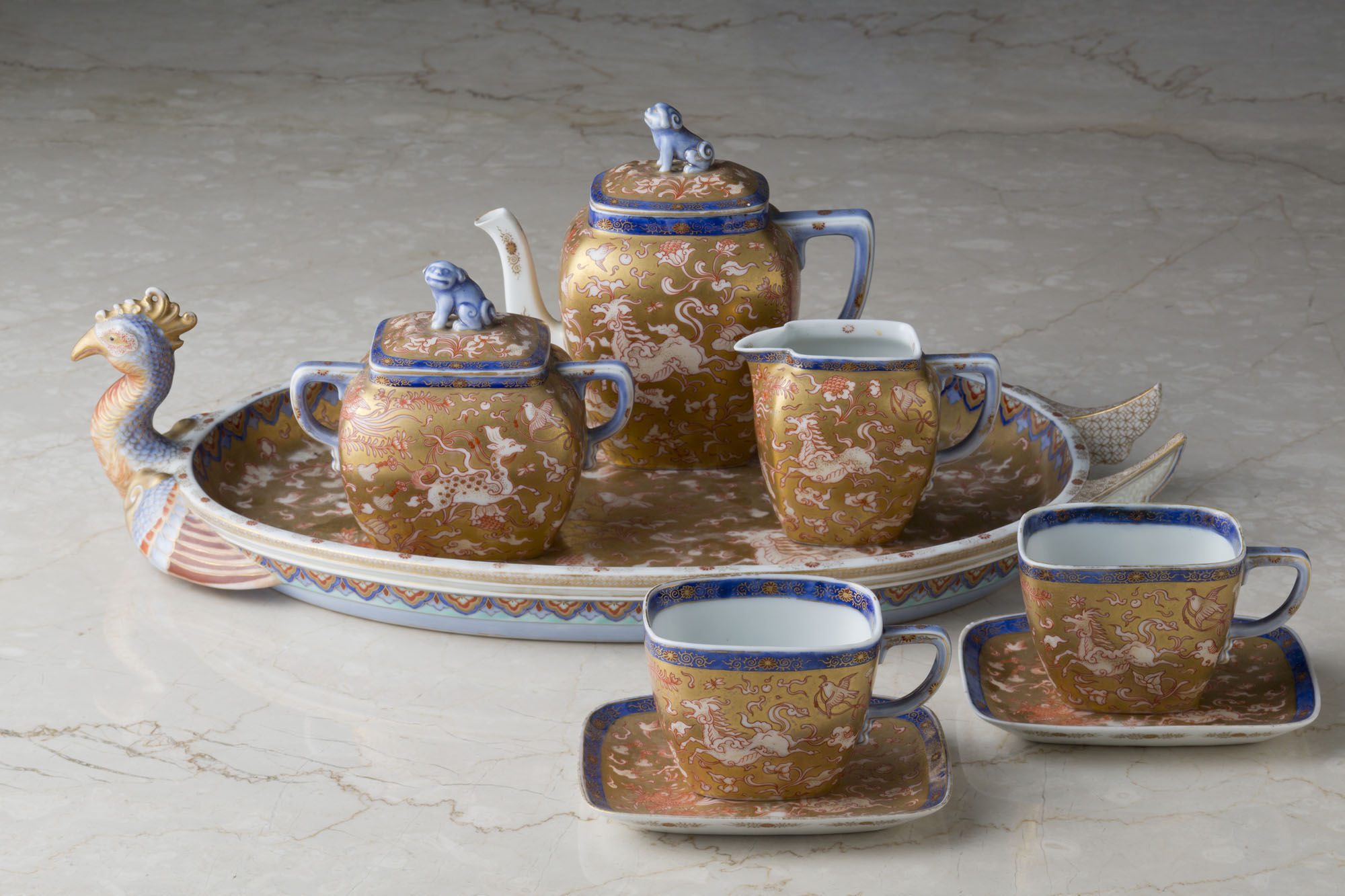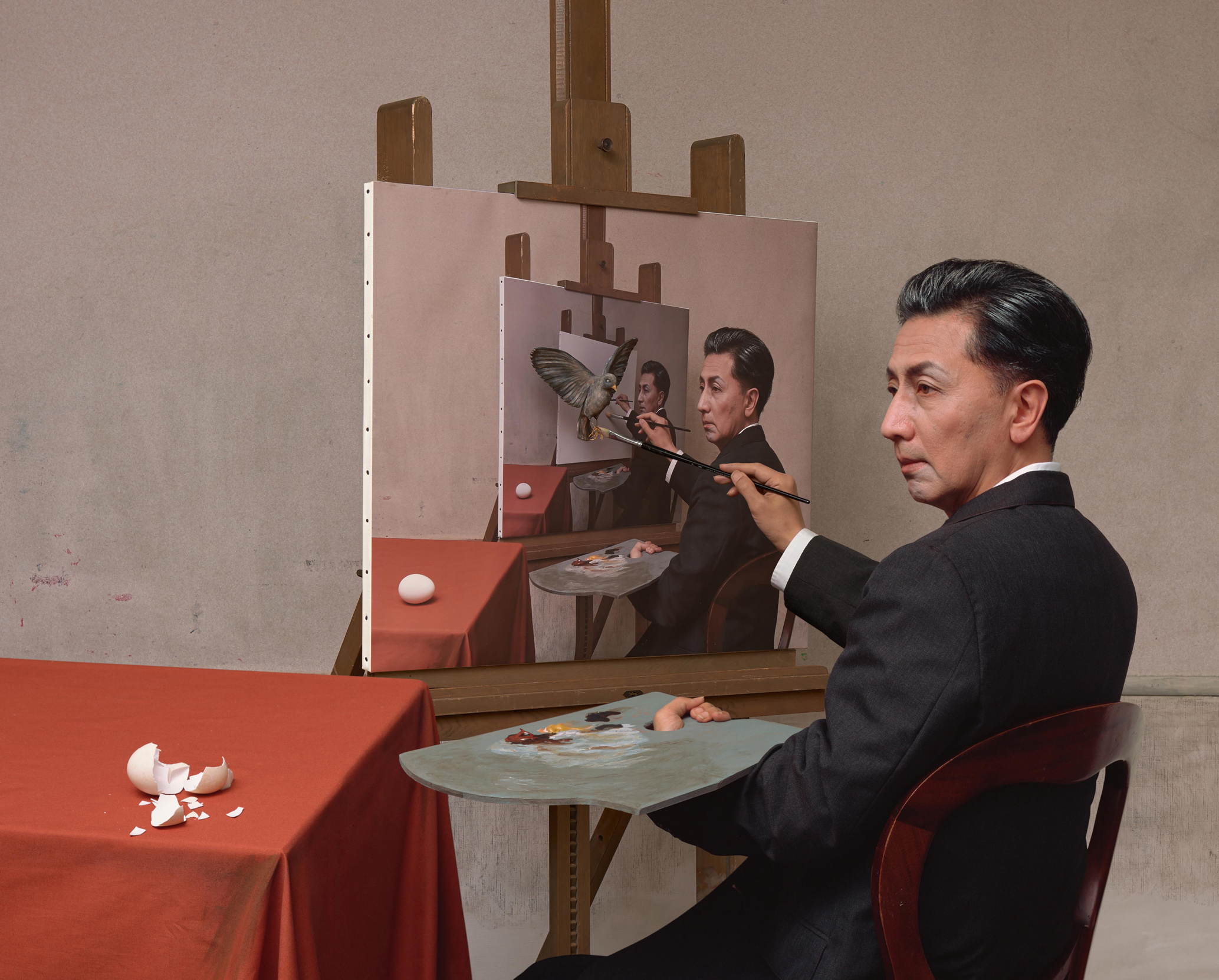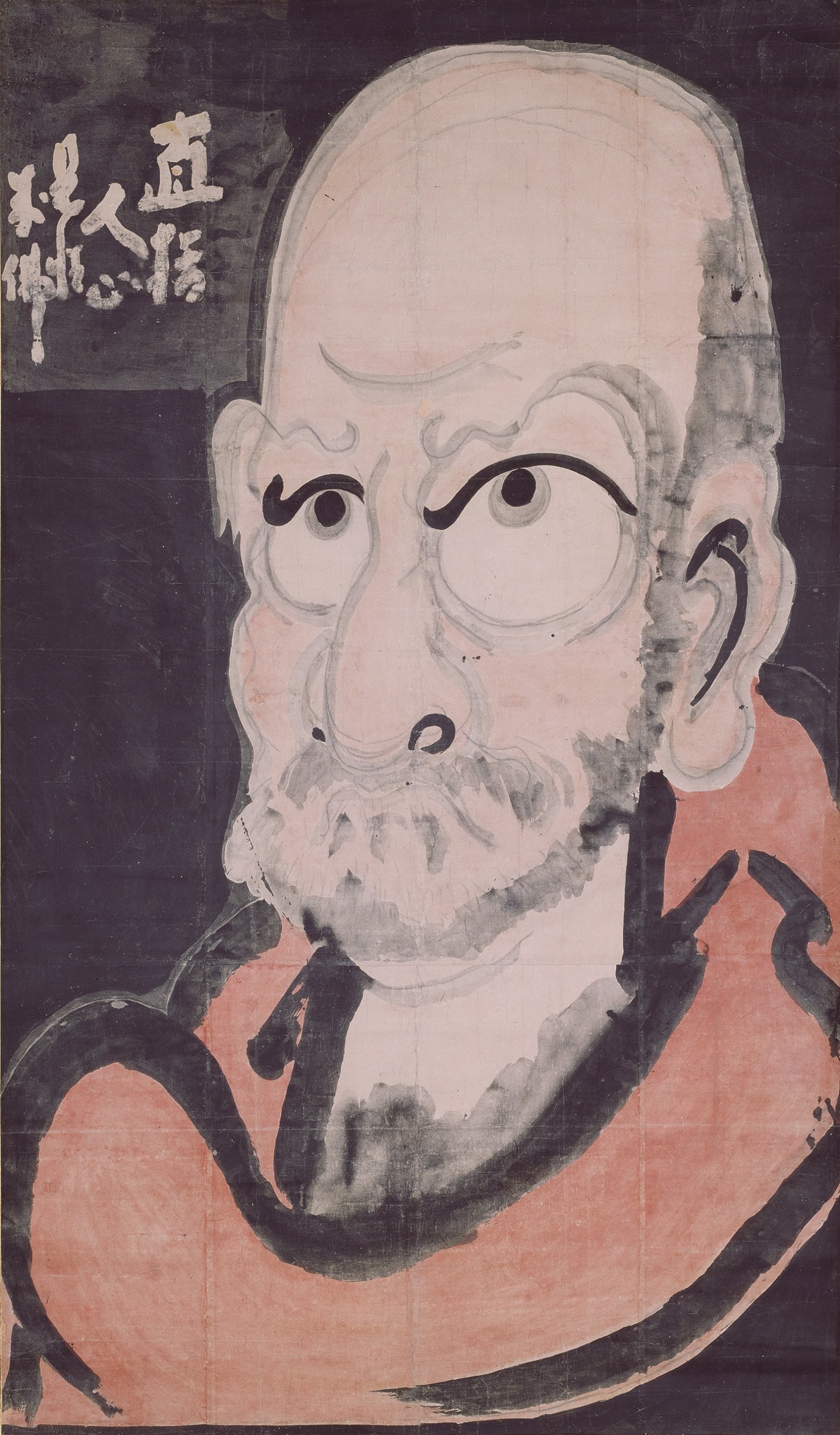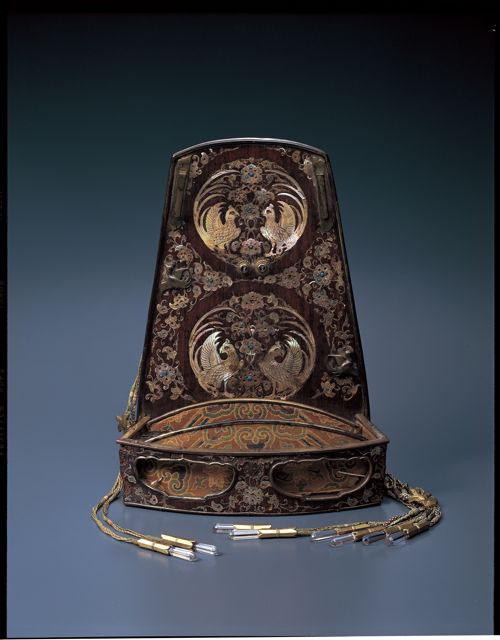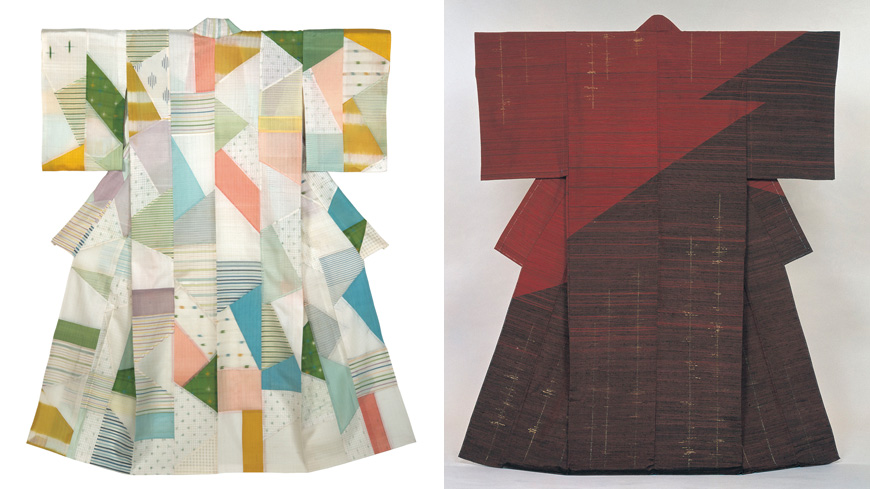Meta
Matthew Larking
May 21, 2016
May 17, 2016
May 3, 2016
Apr 12, 2016
Mar 1, 2016
Jun 9, 2015
May 19, 2015
Apr 21, 2015
Feb 26, 2015
Jan 29, 2015
Jan 22, 2015
Sep 4, 2014
Aug 7, 2014
Jul 31, 2014
Jul 24, 2014
Jul 3, 2014
Jun 25, 2014
Jun 18, 2014


